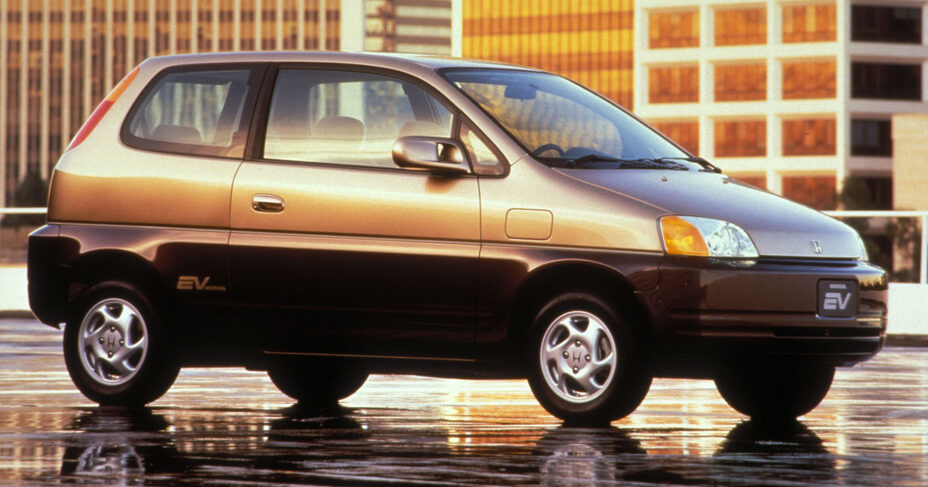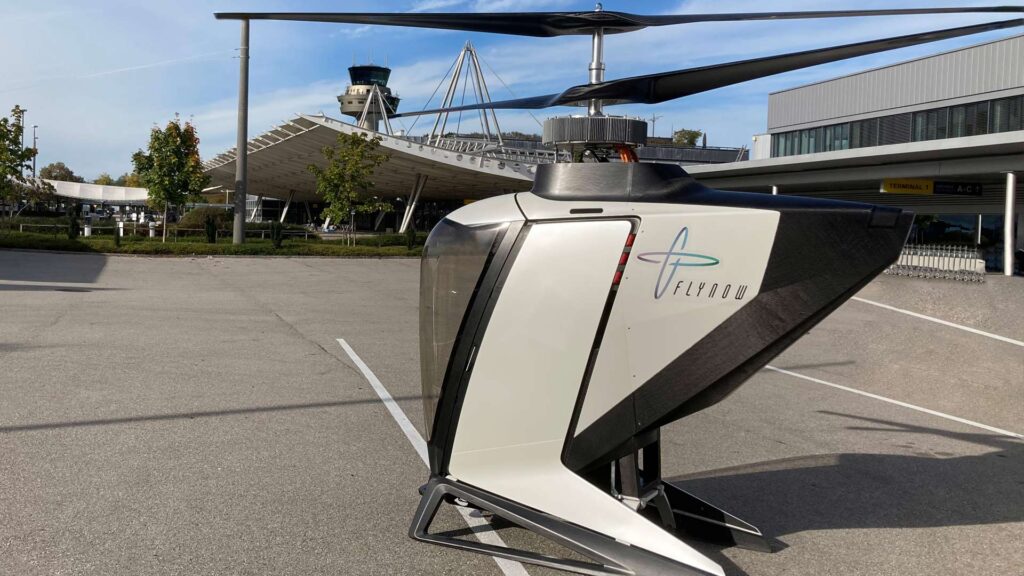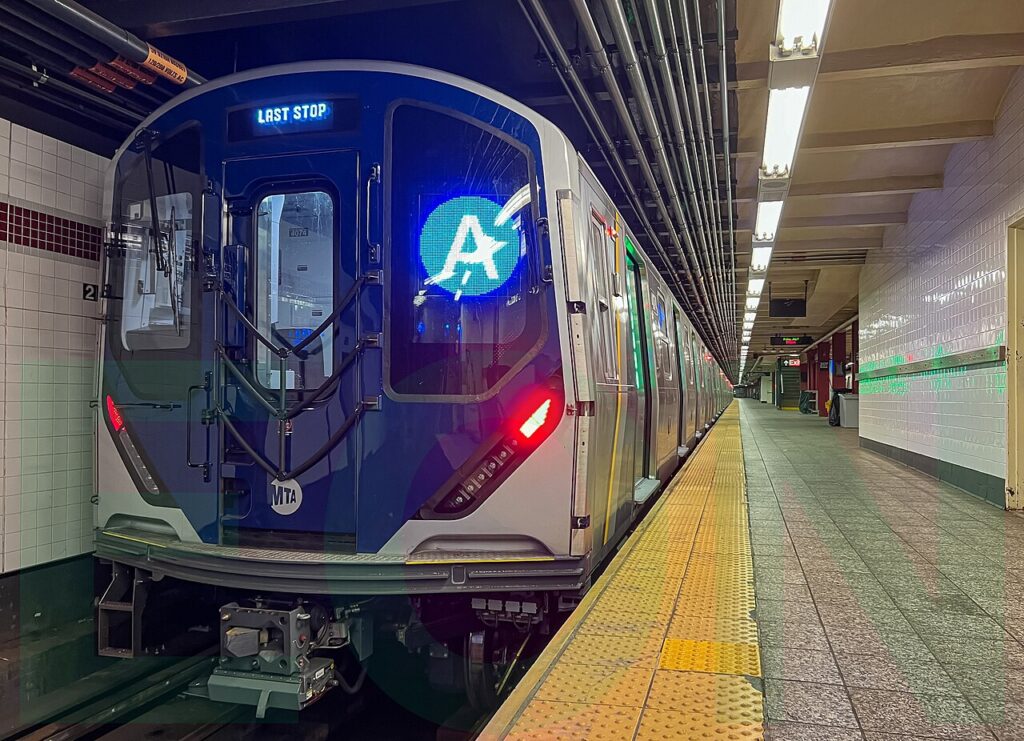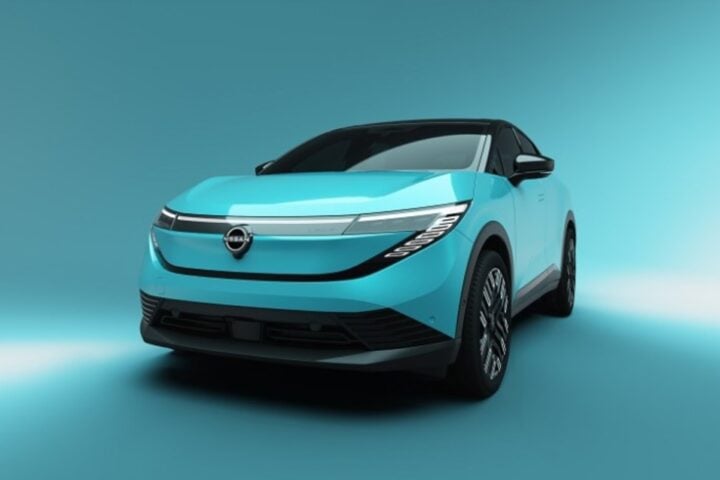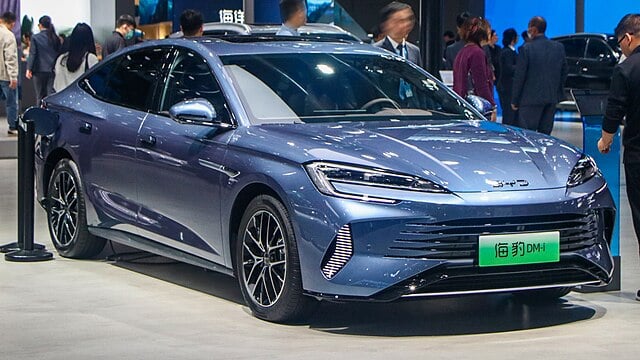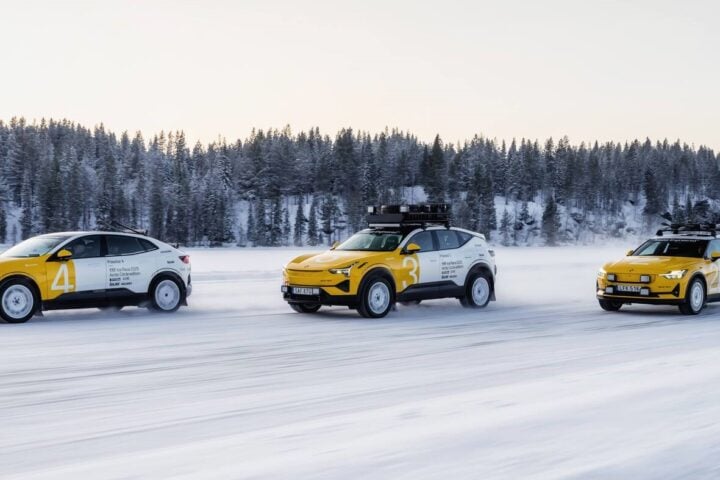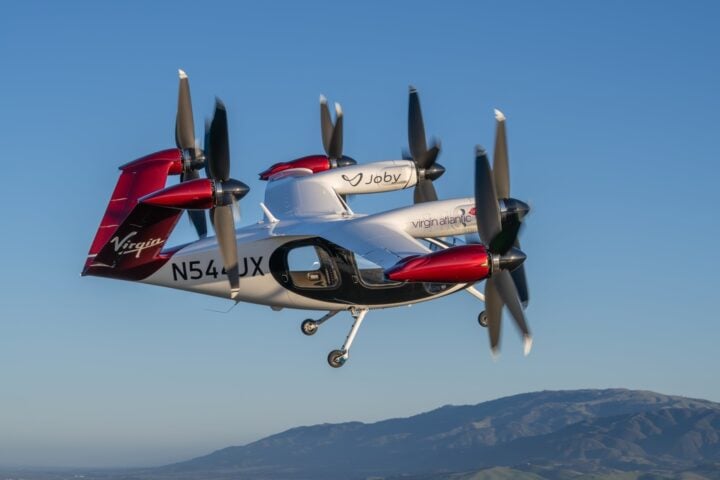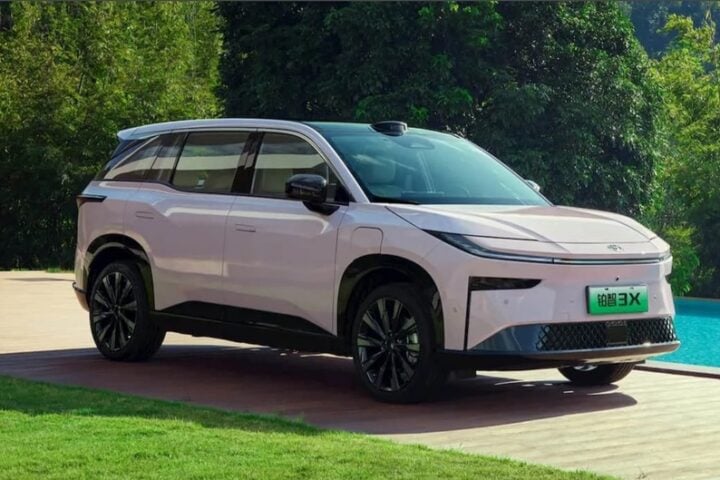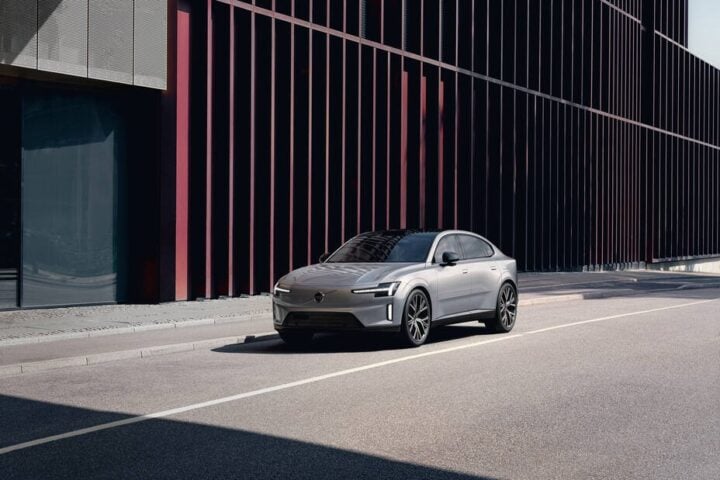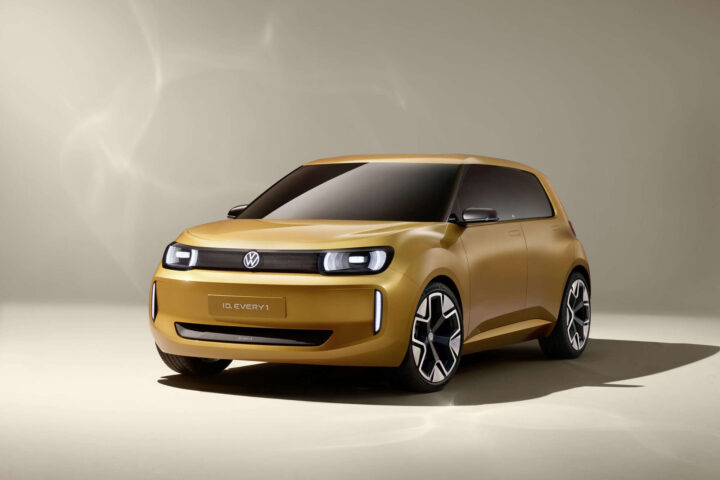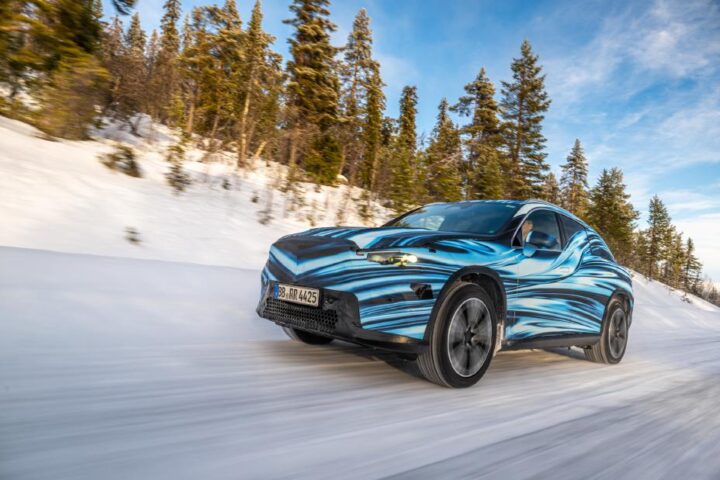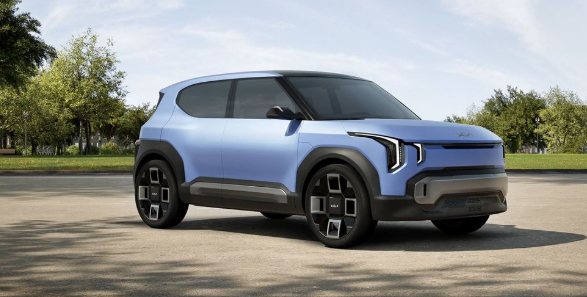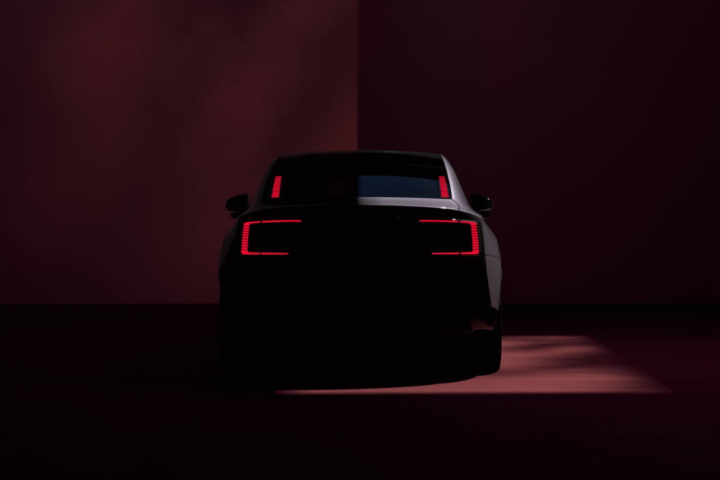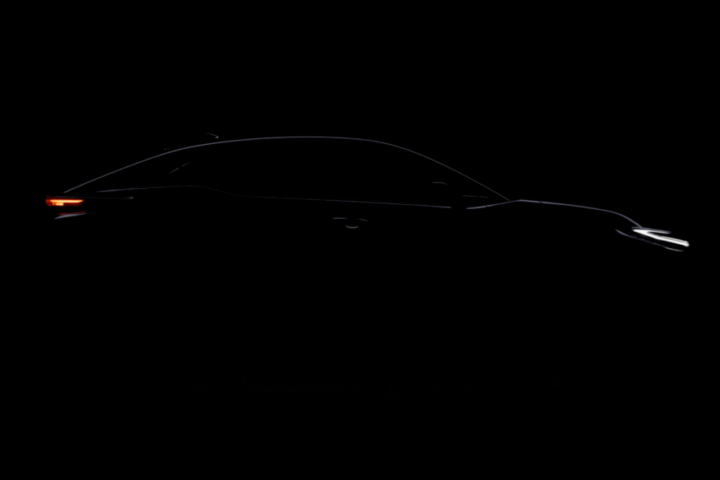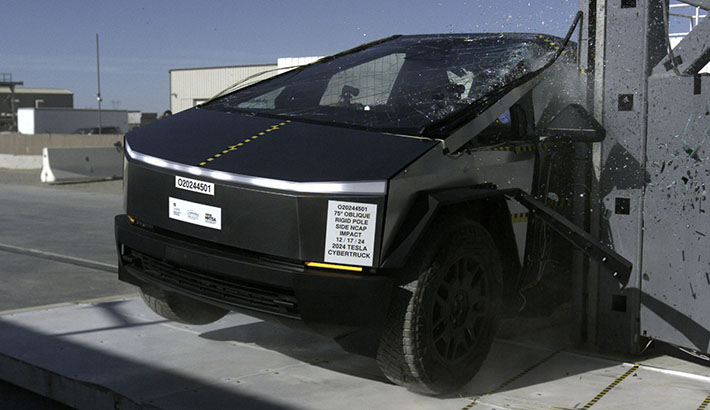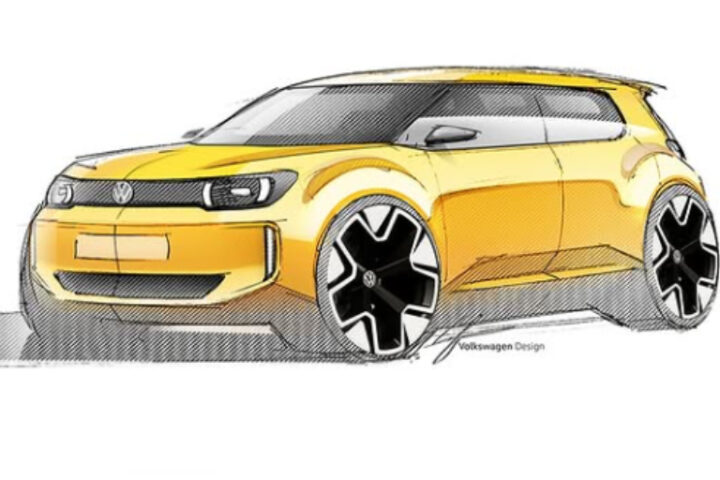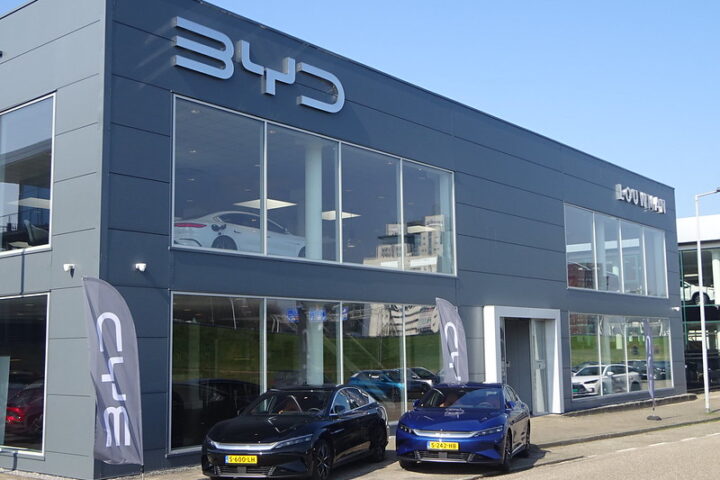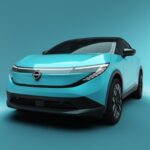In early 1988, as environmental concerns grew and regulations tightened, Honda embarked on an ambitious project to develop its first electric vehicle. The result was the Honda EV Plus, a compact electric car that marked the company’s entry into the world of zero-emission vehicles.
The spark for Honda’s electric venture came from an unexpected source. Junichi Araki, who led the first-generation EV basic research team, read about General Motors’ Sun Raycer winning the inaugural World Solar Challenge in 1987. This sparked a debate about the feasibility of solar-powered electric vehicles, leading Honda to explore alternative energy options for its future cars.
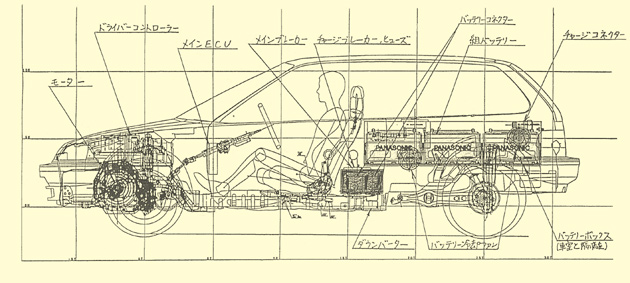
Honda’s late entry into the EV race posed challenges. The initial EV team consisted of only four people. “Other companies that had worked for so long with electric vehicles would probably continue developments based on what they already had accomplished. However, we had to make use of the very best cutting-edge technology to begin our development,” Araki explained.
The development process was far from smooth. The team faced numerous hurdles, including a lack of experience with EV technology and the need to develop custom components. Honda’s decision to use a DC brushless motor was unconventional at the time but proved prescient. Shigeru Suzuki, the project leader for powerplant design, said, “It was simply the most efficient, from the standpoint of test simulations. Honda concentrated on this motor, and through intensive effort, we increased its efficiency.”
Another major innovation was the use of nickel-metal hydride (Ni-MH) batteries instead of the more common lead-acid batteries. This decision came after discovering that lead-acid batteries deteriorated quickly in hot conditions. The switch to Ni-MH batteries required two years of development and testing but resulted in the world’s first production EV with this advanced battery technology.
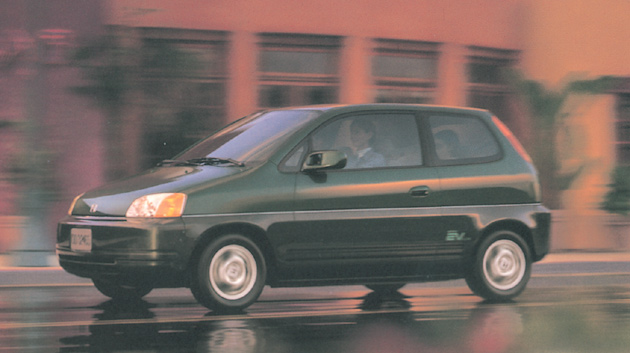
The Honda EV Plus, produced from 1988 to 1999, boasted impressive specs for its time:
- Motor: 49 kW DC brushless motor (66 horsepower)
- Battery: 28.7 kWh Nickel-Metal Hydride (NiMH)
- Range: 80-105 miles (129-169 km) per charge
- Charging time: 6-8 hours using a 220V onboard conductive charger
Approximately 325 units were produced during its short production run: 300 in the U.S., 20 in Japan, and 5 in Europe. The EV Plus was primarily available for lease in California, aligning with the state’s Zero Emission Vehicle (ZEV) mandate. Honda had already begun development prior to the ZEV mandate in late 1990.
Similar Posts
The car’s design was as innovative as its powertrain. Kenji Matsumoto, Large Project Leader of the development project, recalled, “We wracked our brains coming up with a body design that said this was an electric vehicle.” The result was a unique layout with a raised flat floor and a single under-floor battery pack, providing a low center of gravity and a roomy interior.
Despite its limited production, the EV Plus left a lasting impact on Honda’s approach to alternative fuel vehicles. The knowledge gained from its development influenced future projects, including Honda’s fuel-cell electric vehicles (FCEVs) and hybrid models like the Insight.
However, the EV Plus also highlighted the challenges of early electric vehicle adoption. Limited range, long charging times, and high costs remained significant barriers to widespread acceptance. These issues, common to many early EVs, contributed to the relatively low uptake of the EV Plus during its production run.
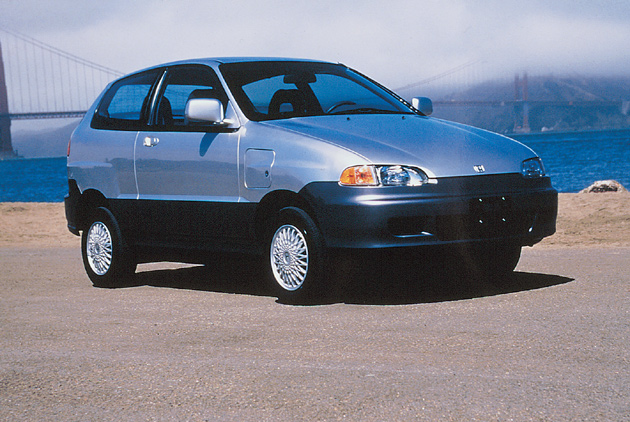
The end of EV Plus production in 1999 marked a shift in Honda’s strategy. The company redirected its focus towards hybrid technology, which it saw as a more immediately viable solution to reduce emissions while overcoming the range limitations of pure electric vehicles.
Looking back, the Honda EV Plus is an important milestone in the company’s environmental efforts. It demonstrated Honda’s commitment to exploring alternative propulsion technologies and laid the groundwork for future advancements in electric and hybrid vehicles. All EV Plus cars were taken back and eventually destroyed at the end of their leases, although some chassis were reused for fuel cell prototypes.
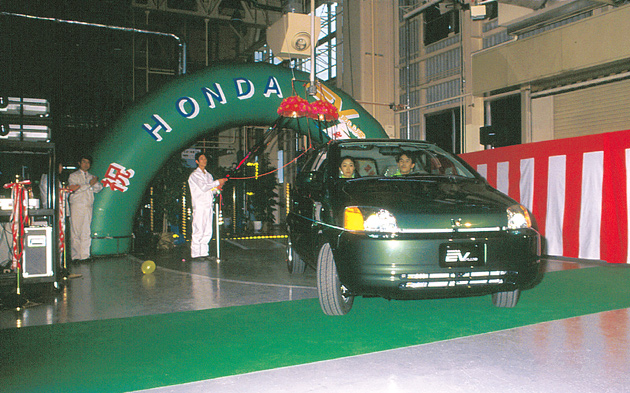
As we consider the current surge in electric vehicle popularity, pioneers like the EV Plus are worth remembering. While it may not have achieved commercial success, it played a crucial role in advancing EV technology and paving the way for the electric revolution we’re witnessing today.
The story of the Honda EV Plus serves as a reminder of the long and often challenging road to technological innovation in the automotive industry. It underscores the importance of persistence, adaptability, and forward-thinking in the face of environmental challenges and changing market demands.
